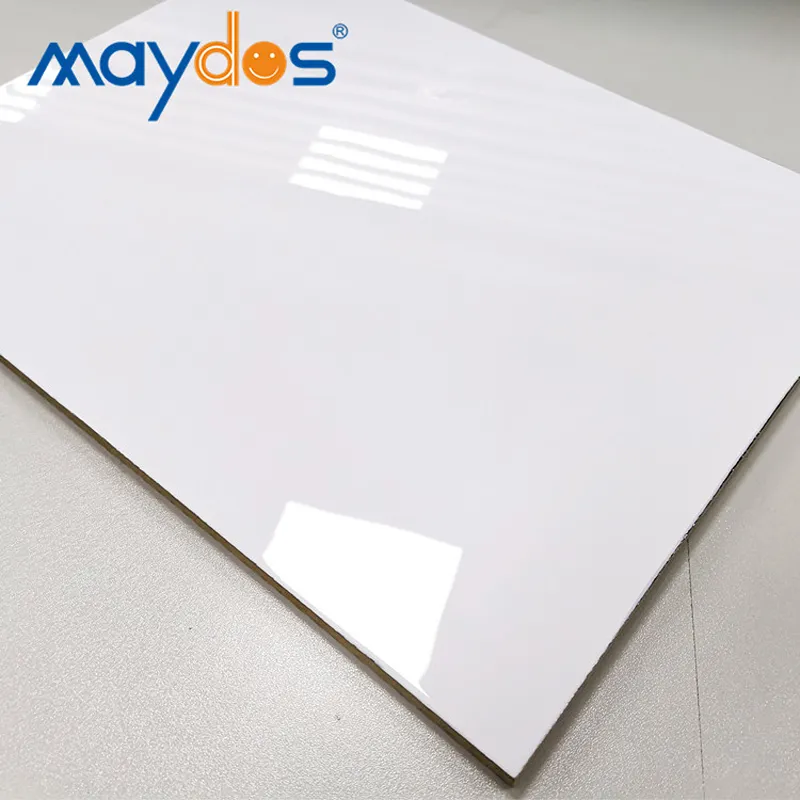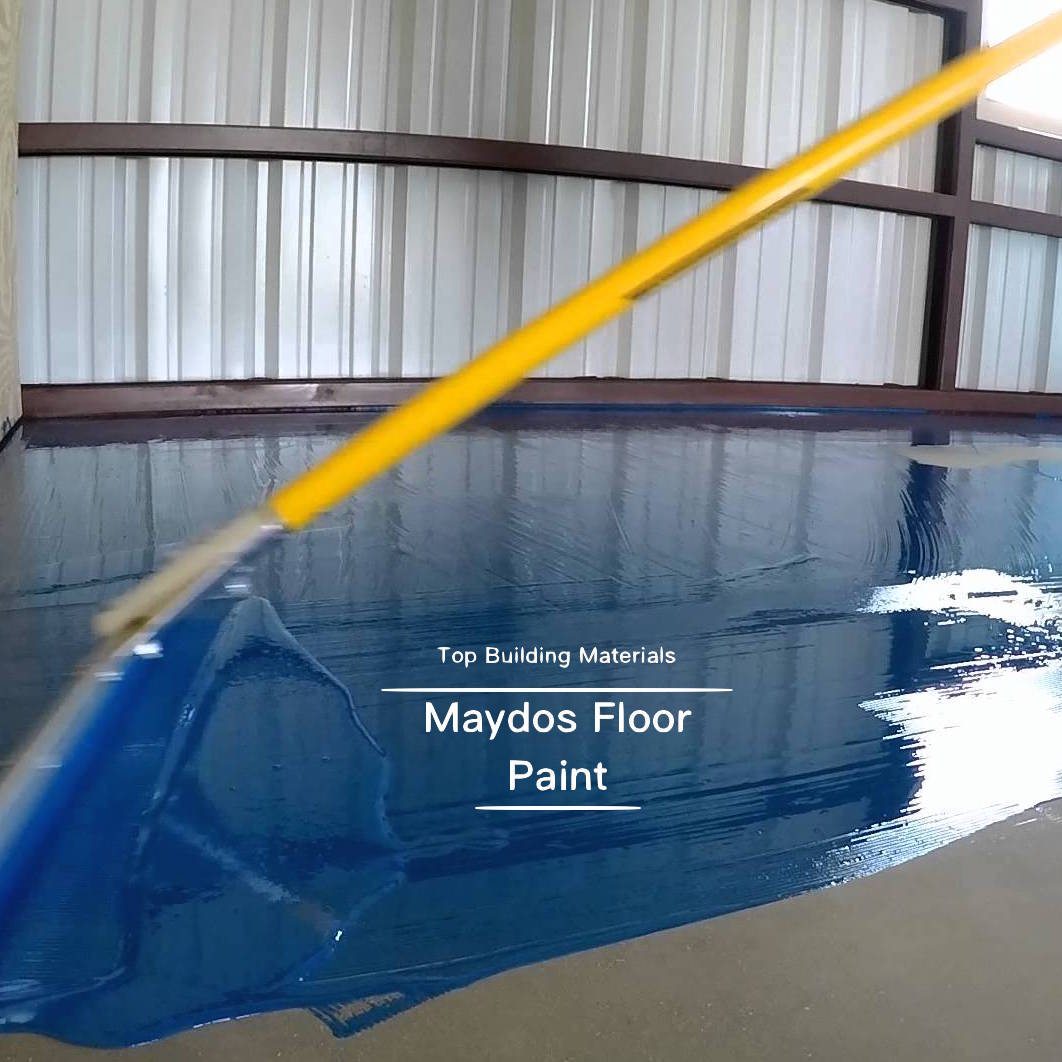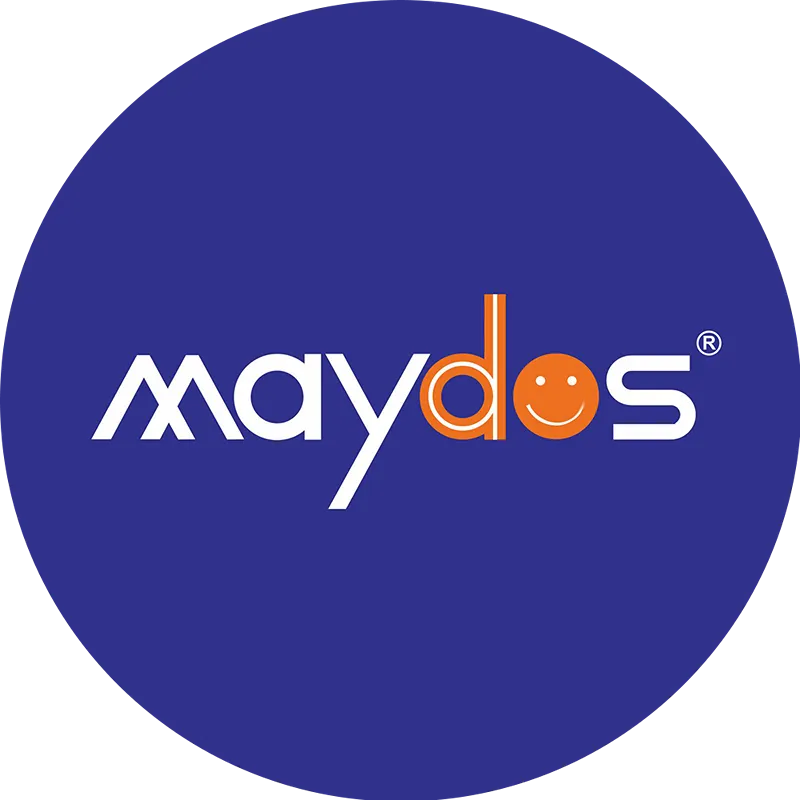Usine d'adhésif de colle
Les colles sont utilisées depuis l'Antiquité. Les objets en bois étaient liés avec des colles animales ou végétales, et les sculptures égyptiennes anciennes étaient collées sur du papyrus à l'aide de pâte de farine.
Les solutions adhésives industrielles de Henkel sont conçues pour transformer les processus de production et la conception de produits dans de nombreux secteurs. Leurs produits offrent des fonctionnalités sur mesure telles que la résistance, l’étanchéité, le revêtement, la conductivité thermique et électrique et la recyclabilité.
Adhésifs à chaud
Les adhésifs thermofusibles (également appelés HMA) sont des formulations thermoplastiques qui deviennent malléables lorsqu'elles sont chauffées et durcissent en refroidissant. Ils sont utilisés dans diverses applications, notamment le scellage de sacs, le scellage de cartons et comme couche de base pour les rubans. On les trouve également couramment comme adhésif principal dans la reliure de livres en raison de leur polyvalence, de leur durabilité et de leur gamme de niveaux d’adhérence. D'autres utilisations incluent le montage de miroirs, la fabrication d'armoires et les panneaux de bureau. Contrairement aux colles à base d’eau, elles sont non toxiques et respectueuses de l’environnement.
Les HMA peuvent être produits pour répondre à des besoins de performances spécifiques, tels que la résistance à la chaleur et une faible tendance à la carbonisation. Ils peuvent également être formulés pour résister aux solvants et aux plastifiants et pour avoir une distribution étroite du poids moléculaire. Ils ont également une excellente capacité de mouillage qui facilite l’adhésion sur des substrats constitués d’une grande variété de matériaux et permet de combler les vides.
L’usine Glue Adhésive produit plusieurs types différents d’adhésifs thermofusibles. Ceux-ci peuvent être modifiés selon des exigences de performances spécifiques en ajoutant des additifs au mélange de polymères. Certains d'entre eux sont des agents collants, des plastifiants et des colorants. Ces additifs peuvent également modifier le point de ramollissement, la température de rupture et d'autres propriétés du produit.
D'autres facteurs qui influencent l'efficacité d'un HMA incluent sa couleur fondue, sa résistance au pelage et sa température de rupture. De plus, il est important de savoir combien de temps la colle peut rester fondue dans le réservoir d’application avant que la dégradation ne se produise et que la carbonisation commence. C’est ce qu’on appelle sa durée de vie en pot.
Le type de HMA le plus populaire est basé sur le copoly(amide) aliphatique. Il a été optimisé en ajustant le ratio de monomères et le nombre de diamines. Cela permet une plus grande variation de la température de fusion souhaitée et ouvre de nombreuses nouvelles possibilités pour fabriquer des produits nécessitant un adhésif avec une valeur d'adhésivité inférieure.
Les matériaux d'emballage les plus courants pour les thermofusibles sont les tubes, les bâtonnets ou les cartouches adaptés à l'équipement d'application. Des pompes vide-fûts thermofusibles plus grandes sont également disponibles pour les applications à volume élevé. Comparés à d’autres formes d’adhésifs, les HMA ont une durée de conservation très longue et peuvent être stockés en toute sécurité à température ambiante. Ils sont faciles à distribuer, à nettoyer et à manipuler. Contrairement à d’autres colles, elles ne tachent pas les substrats et peuvent être utilisées sur une large plage de températures. Ils permettent également d'augmenter la vitesse des lignes et de réduire les coûts de maintenance et d'inventaire.
Adhésifs résistants à l'eau
Les colles humides, également connues sous le nom d'adhésifs traditionnels ou cellulosiques, sont un choix populaire pour les industries de l'étiquetage du papier, du travail du bois et de l'automobile. Ils offrent une liaison solide et fiable avec de nombreux types de matériaux et de substrats. Ils constituent également une alternative écologique et économique aux technologies de collage plus traditionnelles telles que le thermofusible et le cyanoacrylate. Les colles humides sont sans solvant et nécessitent un entretien et une manipulation minimes, ce qui les rend adaptées aux zones non ventilées. Ils sont également faciles à nettoyer, ce qui réduit les temps d'arrêt et améliore la productivité.
Ils sont disponibles dans une variété de formulations et de produits chimiques, y compris des options synthétiques et naturelles. Les polymères constituent l’épine dorsale de chaque type de colle humide, offrant à la fois résistance et résistance chimique. Les plastifiants adoucissent et améliorent la flexibilité, tandis que les stabilisants préviennent la dégradation au fil du temps. D'autres ingrédients contribuent à modifier les propriétés de transformation et de liaison de la colle, tels que les épaississants et les conservateurs.
Autrefois, les colles d'origine animale étaient monnaie courante, mais elles sont désormais remplacées par des alternatives plus respectueuses de l'environnement. Par exemple, les colles humides à base de protéines sont fabriquées à partir de sous-produits animaux comme le collagène, qui est lavé et trempé avant d'être cuit pour former de la colle brute. La colle est ensuite traitée avec des produits chimiques et chauffée à nouveau jusqu'à ce qu'elle atteigne une viscosité spécifique.
La colle liquide obtenue est ensuite déplacée vers un réservoir pour un traitement ultérieur, avec un filtrage utilisé pour éliminer les impuretés et des stabilisants ajoutés pour préserver la colle dans le temps. Une fois la colle humide traitée, elle peut ensuite être pompée dans des flacons prêts à l’emploi.
Contrairement aux colles thermofusibles fondues, ces colles humides durcissent lorsqu'elles réagissent avec l'humidité de l'air ou de la surface du substrat. Ce processus de durcissement produit une liaison solide et durable qui résiste à l'eau, à l'huile, à la graisse et à de nombreux produits chimiques. Ils sont également formulés pour résister au froid et à l'eau de condensation, avec la capacité de résister aux températures glaciales, ce qui les rend idéaux pour l'étiquetage des bouteilles en verre dans l'industrie des boissons. Les adhésifs peuvent être appliqués sous forme de spray, de mousse, de contact ou sensibles à la pression, et sont disponibles dans une large gamme de tailles et de styles pour s'adapter à de nombreuses applications.
Adhésifs à séchage rapide
Les colles, les adhésifs et les mastics sont des matériaux essentiels pour coller et assembler les surfaces. Ils se présentent sous diverses formes, chacune ayant ses propres propriétés et applications. Comprendre comment ces matériaux sont fabriqués peut vous aider à sélectionner celui qui convient le mieux à vos besoins. Le processus de fabrication des colles et adhésifs est complexe, impliquant plusieurs procédures et matières premières. Ceux-ci peuvent être naturels ou synthétiques et contenir des conservateurs et des épaississants. Le produit final doit également pouvoir résister à la corrosion et à l’humidité.
Certains des adhésifs les plus courants sont le cyanoacrylate, l'époxy et le silicone. Ces colles sont utilisées dans de nombreuses applications différentes, du travail du bois à la fabrication de bijoux et d'électronique. Ces adhésifs sèchent très rapidement et sont très résistants. Ils sont disponibles sous forme liquide et sous forme de gel, et certains types peuvent même être utilisés sur les métaux.
La première étape de la production de colle consiste à éliminer l’eau du matériau liquide. Cela peut être réalisé par un certain nombre de méthodes, notamment le séchage infrarouge ou un four à circulation d'air. Une fois la colle sèche, elle peut être versée dans un récipient et conditionnée pour la vente. Il doit être conservé correctement pour éviter toute détérioration.
Plusieurs entreprises produisent des colles aux États-Unis. Il s'agit notamment de Henkel Ag & Co Kgaa, 3m Company, Fuller HB Co et Franklin International. Le profil de l'industrie IBIS World fournit un aperçu de ces entreprises et d'autres entreprises du secteur américain de la fabrication d'adhésifs. Il comprend une liste complète des tendances du secteur, de la taille du marché, de la segmentation par produit, des revenus et des bénéfices, ainsi que des statistiques clés telles que l'adresse de l'entreprise, les années d'établissement et la taille des employés.
En plus des adhésifs industriels, certains fabricants proposent des produits spécialisés pour des applications spécifiques. Par exemple, Cotronics Corporation fabrique des adhésifs haute température et céramiques. L'entreprise produit également une gamme de matériaux d'enrobage et de revêtement. Une autre société, Panacol-Elosol USA, fabrique des adhésifs acryliques durcissant aux UV et à la lumière visible pour l'assemblage électronique. L'entreprise propose également des solutions personnalisées et thermiques pour une grande variété d'applications. Tous les produits de l'entreprise sont fabriqués selon un processus d'assurance qualité rigoureux.
Adhésifs polyvalents
L’industrie de la colle a connu un certain nombre d’innovations et d’améliorations ces dernières années. De nombreux fabricants ont commencé à utiliser des adhésifs plus résistants, plus flexibles ou biodégradables. Bon nombre de ces nouveaux produits peuvent également être appliqués à température ambiante, ce qui les rend plus sûrs tant pour les employés du secteur de la fabrication que pour l'environnement. Certains de ces nouveaux adhésifs peuvent même remplacer les méthodes de fixation plus traditionnelles telles que la couture et les attaches mécaniques.
Ces colles plus récentes sont souvent conçues pour lier différents matériaux entre eux et peuvent également être utilisées pour sceller les fissures et les trous. Ces adhésifs sont généralement formulés pour résister à l’humidité, à la chaleur et aux produits chimiques, ce qui les rend idéaux pour une large gamme d’applications. Ils sont également faciles à appliquer et peuvent être distribués précisément là où cela est nécessaire à l’aide d’une machine ou à la main.
Les colles sont généralement classées selon leur méthode d'adhésion, suivie par leur nature réactive ou non réactive. Les adhésifs réactifs contiennent des polymères qui réagissent chimiquement avec d'autres substances pour durcir. Ces types de colles peuvent être utilisés sur diverses surfaces, notamment les métaux, les plastiques et le bois. Quelques exemples incluent les cyanoacrylates, les colles époxy et les adhésifs uréthane.
À un niveau plus basique, la plupart des colles sont constituées d’eau et de polymères. De l’eau est ajoutée aux colles lors du processus de fabrication pour éviter qu’elles ne sèchent trop rapidement. Cette eau est ensuite évaporée, laissant derrière elle les polymères qui forment une liaison solide avec d’autres substances. Certaines de ces colles sont également formulées avec des conservateurs et des solvants pour les protéger des bactéries et faciliter leur travail.
Les adhésifs sont un outil précieux dans de nombreuses industries, de la transformation des aliments à la fabrication de meubles. En plus de fournir une adhérence solide, ces adhésifs peuvent contribuer à réduire les coûts et à améliorer la productivité. Par exemple, ils peuvent être utilisés pour remplacer les joints mécaniques des véhicules de transport tels que les voitures, les bus et les remorques de camion, ce qui entraîne un poids plus léger et une utilisation plus efficace du carburant. Ils peuvent également réduire le bruit et les vibrations dans les véhicules de tourisme, rendant ainsi les déplacements plus confortables ou le transport de marchandises plus sécurisé. L'utilisation de ces adhésifs industriels polyvalents peut également réduire la quantité de matériaux utilisés dans les produits, permettant ainsi une empreinte environnementale moindre.





















